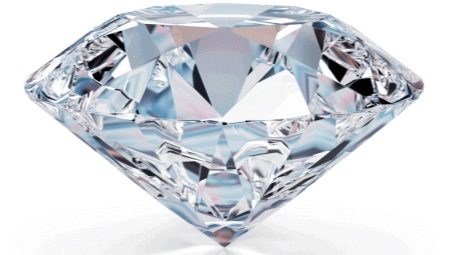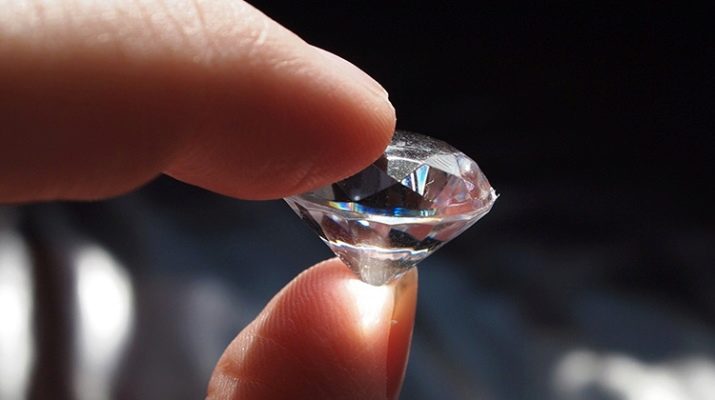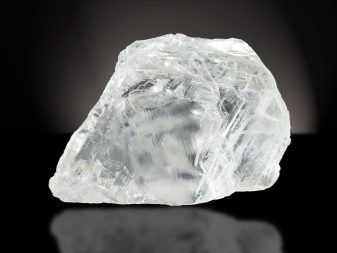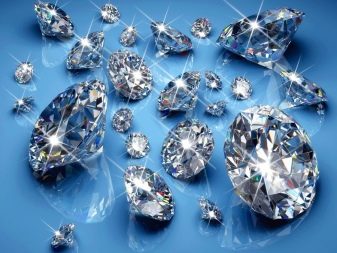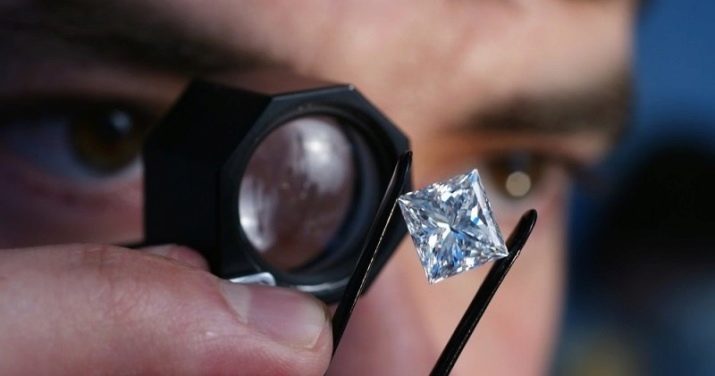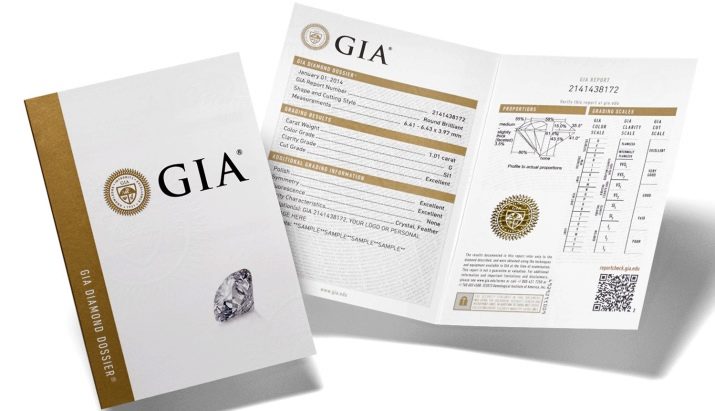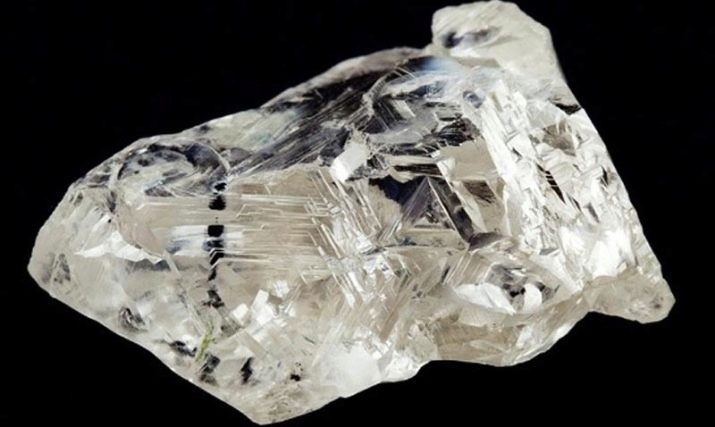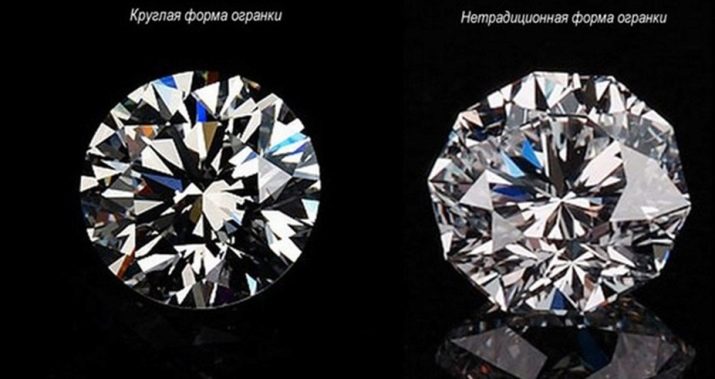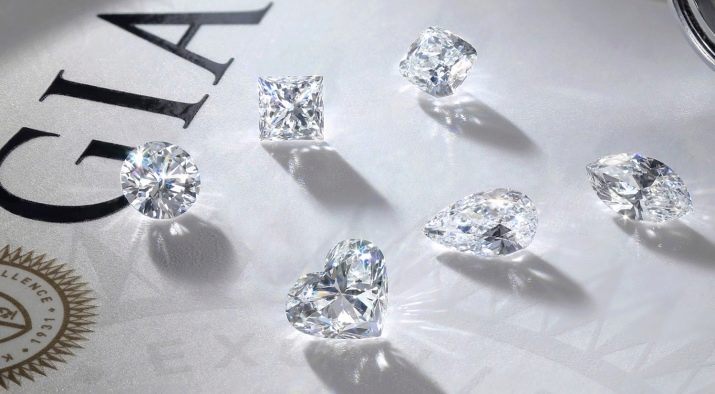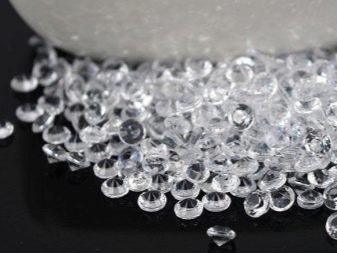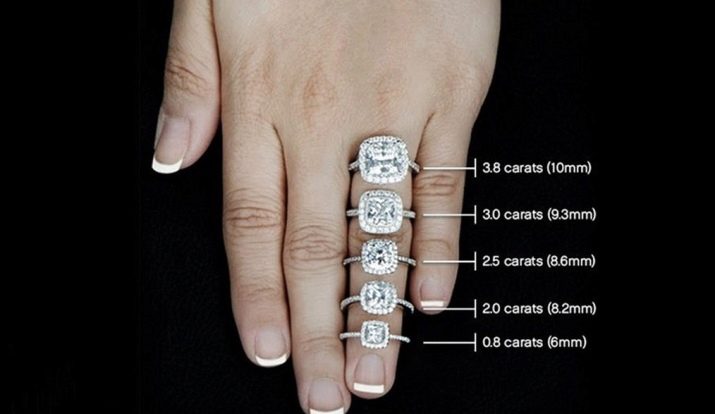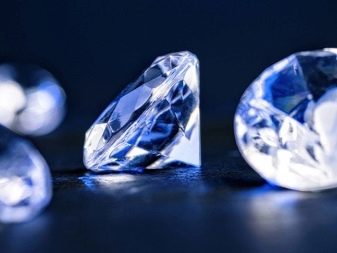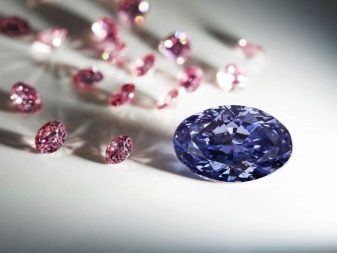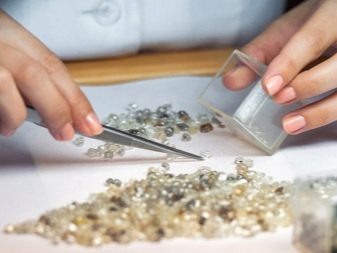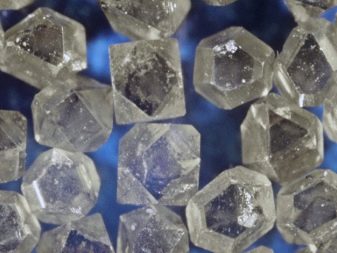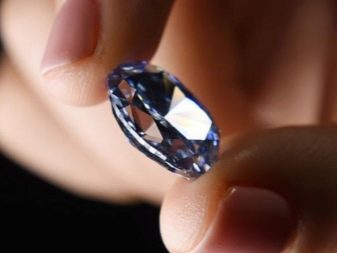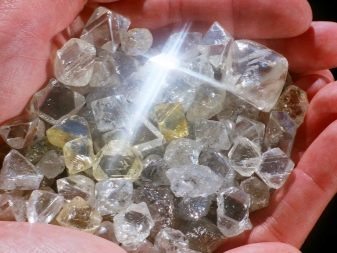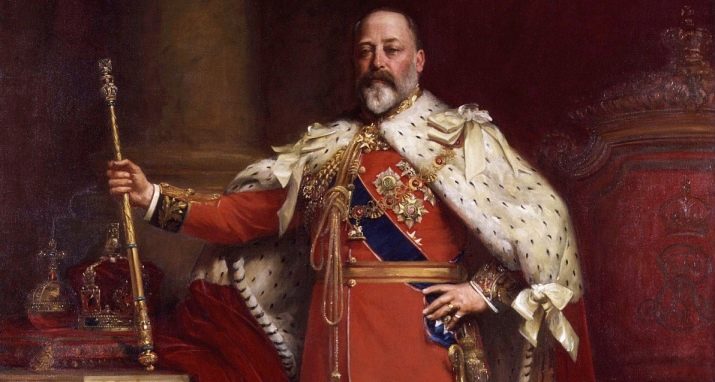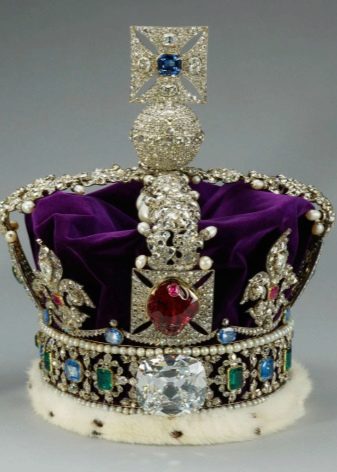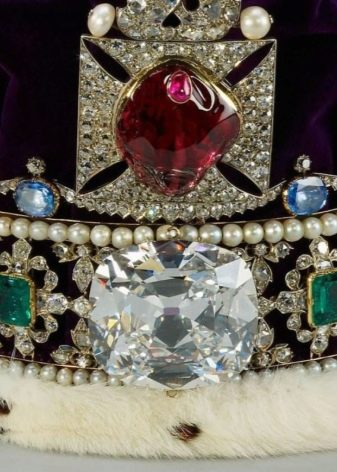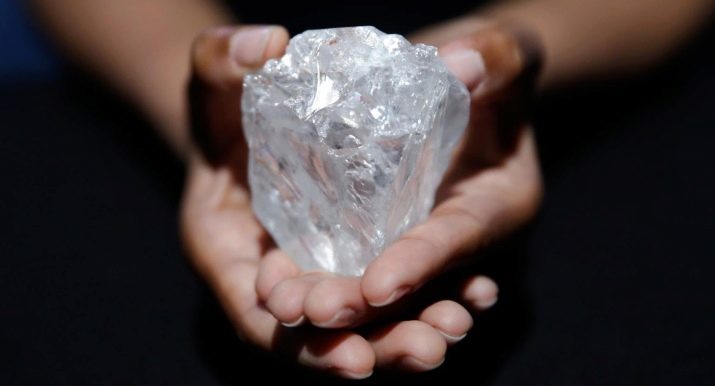Diamonds in the modern world are not just a value, but a great way to preserve the state for many years and decades. You can invest money in anything, but over time, jewels will not fall in price due to inflation and will not deteriorate, which is why the demand for them is so great. In addition, it is also a good gift, but it is not a secret that fraudsters, taking advantage of the lack of experience of many of their buyers, often give ordinary glass as diamonds. That is why, if you want to invest in diamonds, you should clearly understand how much it costs and why, because it is possible that the diamond will be sold to the real one, only the price will be broken completely inadequate.
What does the cost depend on?
In the modern world there are no fixed prices at all, and even more so in the world of precious stones.
Many people know that the price of a diamond depends on its weight, but this is not the only criterion, and it is not constant either.
First, the stone is different - one seems to be a real masterpiece, the other looks somewhat simpler, still remaining precious. Secondly, diamonds are not for nothing cost so much - in the world they are relatively small, because the effect of the level of supply and demand is very strong.
The dynamics of the global diamond market is weekly evaluated by experts from New York, who produce the so-called Rapaport price list. Specialists have access to all statistical information: they know how many stones have been mined, take into account how many rough diamonds have been processed and, consequently, have significantly increased in price, and also evaluate the dynamics of sales. When there is a supply, and there are problems with demand, they recommend lowering prices a bit, and, conversely, raising them when raw materials are still not enough for everyone. These specialists are considered to be real authorities in their business - they are listened to in all corners of the globe.
The value of diamonds at a specific moment is also influenced by the rate of national currency against the US dollar. American experts, of course, all prices are published in dollars, especially since their currency is widely used around the world. For this reason, the payment for jewelry, at least on the scale of jewelry companies, always takes place in dollars, and not in the equivalent of local currency.
In the jewelry store of Russia, you, of course, buy pebbles for rubles, but do not be surprised if prices change almost every day - these are exchange rate fluctuations.
If everything is clear with the recommendations of American experts, then the situation is somewhat more complicated with the assessment of each individual stone. Even experts from different countries do not always agree on which category this or that stone belongs to.
It is considered that the estimate from the GIA, Gemological Institute of America, is a reference and is not subject to revision, but not all diamonds pass through it.
How to calculate?
To understand how much a diamond costs, you need to consider four criteria at once: weight and quality of cut, as well as color and purity.
With weight everything is relatively clear - it is measured in carats (1 carat - 0.2 grams).
In the fresh price list of Rapaport you will find the prescribed cost of one carat in dollars, and it would seem that you only need to multiply the number of carats by the cost per unit of weight, and then convert the resulting amount into rubles at the current rate.
However, not everything is so simple: the fact is that most gems are very small, because large sizes are valued especially strongly - with a weight of 1-5 carats, the weight is first squared, and only then the resulting “mass” is multiplied as described above. Because of this, it turns out that a two-cage pebble stands as a four-cage pebble, and a three-cage pebble is already a nine-carat pebble. In this case, the initial weight of more than 5 carats makes consumers pay for the mass of the stone is not even in a square, but in a cube.
If we discard all other factors, including periodic fluctuations in value, it turns out that only one carat of a good diamond can cost from 600 thousand to 1.5 million rubles. Naturally, such goods are not sold per kilograms - even a gram stone is not only of great value, but also of great rarity.
What else influences the cost is cutting - in the Rapaport price list, the tariffs are indicated not for carats of diamonds in general, but for carats of a certain cut, the options of which are presented in the report in many. An uncut diamond itself is pretty plain, an inexperienced person won’t guess what it is, but skillful processing makes it possible to turn it into the greatest jewel.
Three main cutting groups are distinguished: A (the best), B and C, and any uncut stone can fall into each of them - it all depends on the skill of the jeweler.
GIA specialists distinguish between five processing levels - from poor to excellent, and American experts usually indicate different rates for each of these categories.. At the same time, in stones weighing up to 1 carat, the difference for the inexperienced eye is practically invisible, and is really noticeable only with larger weight and size. In general, this factor provides a third of the cost of the finished product.
In this case, the cut is evaluated not only in quality but also in form. Round diamonds are most in demand, in the case of an unusual shape, the price for each standard is set separately - all this is in the same price list. A certificate that describes the form is necessarily attached to a fully certified gemstone.
According to the standard, large diamonds should have 57 facets, for small ones their number is reduced to 17.
With the color of the pebble is also not so simple - sometimes to capture the difference in shades need special equipment. In addition, not all uncut diamonds are suitable for processing to a jewelery appearance. They come in almost any color - from very light to almost black, but only colorless or very light yellow, gray or brown are suitable.. Americans assign one of sixteen colors to any diamond, denoted by letters, in the Russian system for diamonds less than 0.3 carats there are only 7 categories, for larger ones - 9. In both cases, colorless, completely transparent pebbles are most valued.
Purity is a subjective criterion. First of all, the natural mineral can not be completely free of defects - there are third-party inclusions, minor irregularities of the crystal, and so on. The purity index is assessed before processing, in order to understand how it is possible at all, then a re-evaluation of the stone that has already been treated is carried out. In the Russian classification, the stones are divided according to the above described weight attribute - for “kids” there are nine levels of gradation, for large ones there are twelve such levels.
Americans from the GIA generally distinguish eleven groups.
At the same time, recognizing the inevitability of defects in natural raw materials, in different countries, experts are guided by their different parameters. So, when evaluating in the United States, the objective characteristics of the deficiency are important: size, shape, and location. In Russia, the abstract criterion for the appearance of a defect is important, and its origin is also evaluated.
All the above, by the way, still does not allow to calculate the price perfectly accurately. When purchasing a jewel in a store, you cannot accurately calculate the costs of the seller, which take into account the payment of the premises, the salaries of employees, the cost of reliable security and their own calculations of supply and demand in a particular city.
Practice shows that the closer to the end consumer is the seller, the more expensive is the carat, because in their calculations must always lay a significant markup - unfortunately, not without it.
The price of the world's largest diamond
Five grams in everyday life seem to be extremely low in weight, but for a diamond, 25 carats is an enormous weight, and the vast majority of such pebbles do not reach this weight, and with a huge lag. Because of this, stones are heavier than 25 carats often given individual names, and they are well known among professional jewelers and appraisers. Another thing is that 25 carats is far from being the mass limit for a diamond, since individual specimens weighed a lot more. Their value is not measured by any formula, since it is absolutely unique jewelry.
The price is determined by how much money the most generous buyer is ready to offer.
If we talk about the largest diamond in history, then it no longer exists. In 1905, in South Africa, local miners found a unique stone weighing 3,106.75 carats (over 0.6 kg), whose dimensions were 10x6.5x5 cm! The unique stone was named “Cullinan” in honor of the man who owned the mine, but is also widely known by another name - “Star of Africa”. Since it would be strange to present such a treasure to a person below the royal rank, the government of the British colony Transvaal, where this stone was found, presented it to Edward VII, then king of Britain.
The best jeweler of that time worked on the cut, but he immediately said that it would not be possible to make a solid diamond — there are too many cracks and inclusions in the crystal. He studied “Cullinan” for several months, after which he proposed to break it into several smaller stones, each of which could be cut and made into jewels. As a result, the largest of the approximately one hundred fragments in the cut form began to weigh 530 carats (106 grams) and was considered the largest of all the cut diamonds for a very long time.
Today there are larger cut diamonds, but they, unlike the "Cullinan", are not colorless and transparent, because this particular sample is often called the most expensive - its estimated cost is a mind-blowing two billion dollars.
However, even for such money, it is unlikely to be able to buy it, because it still belongs to the British crown and is a national relic.
Contrary to popular belief, untreated stones are also not so little, although they are cheaper than processed ones.
“Cullinan”, including all the major parts of it, was never sold, therefore, “Our Light” is considered to be one of the most expensive (at least among the rough). It was discovered not so long ago, in 2015, at a mine in Botswana. It still remains the second in size, after the very "Cullinan", and has a mass of 1109 carats (almost 222 grams). On his example, one can clearly see the influence of supply and demand, since it left the auction for $ 53 million in its raw form (the normal price, given the inevitable weight loss during cutting). At the same time, the “Constellation” diamond, found by the same company in the same year, weighed “only” 813 carats, but was sold by as much as $ 10 million more.
More information about the cost of diamonds can be found in the video below.
